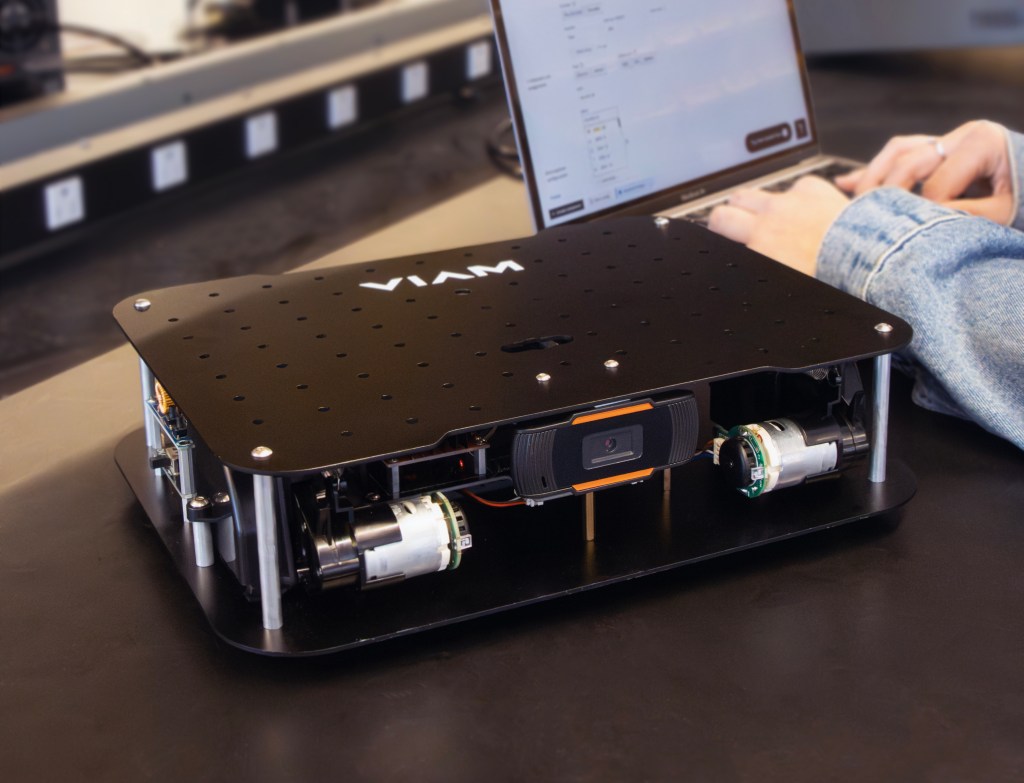
Viam looks beyond robotics with its automation platform

Since the last time we spoke, Viam didn’t pivot exactly, according to founder and CEO Eliot Horowitz — it’s more of a “rebrand.” Roughly six months ago, the Manhattan-based startup made a concerted effort to broaden its focus. The development platform previously focused its outreach on robotics firms. It’s a large and rapidly expanding category, but Horowitz explains that the company’s vision is larger.
“The platform has always been — and will always be — for a very wide range of things, including robotics, including IoT and smart homes, industrial automation and all these things that have sensors and actuators and compute,” the executive tells TechCrunch. “Some time over the summer, we realized that when we were emailing or talking to people, when they saw robotics on our homepage, it basically sent them into a tizzy. They were like, ‘we’re not a robotics company — we do food processing, we do PLC automation, we do boats, we’re not robots.’”
Further complicating messaging was the fact that — while the company is simply named “Viam” — its various social media platforms are “Viam Robotics,” owing to the fact that it was unable to secure the four-letter word. The firm also spent much of its initial outreach efforts focusing on robotics. Viam’s large office overlooking New York City’s Lincoln Center has a lab space, where members of the local robotics community are invited in to use its platform to develop automation applications.
The rebranding included mixing up demos and focusing on new applications beyond robotics. The list includes verticals like insurance and marine — the latter hits particularly close to home, as he talks to me via Zoom from the bridge of his boat. He adds that the company has been on-boarding some large enterprise organizations, but Viam is not yet at a point where it’s able to disclose names.
Certainly interest remains on the investor side. Viam this week announced a $45 million Series B, featuring Union Square Ventures and Battery Ventures. The latest round brings the company’s total funding up to $87 million. Viam says the funding will go toward R&D and ramping up commercial enterprise deployment. Horowitz tells me that Viam is also actively expanding its 100-person headcount.
He admits that the company may still have something of a messaging problem, however, when it comes to determining a pithier elevator pitch to describe precisely what it is that Viam’s software does nearly a year after its commercial launch.
“I wouldn’t say we don’t have the greatest answer,” he confesses. “When people ask me what I do and what [Viam’s software] does, I usually use an example from their life. As an example, has your HVAC ever broken? How do you find your coffeemaker? If you know someone for a minute, you know something in their life where the software/hardware interface is bad. We are a platform that lives at the intersection of real-world hardware and real-world software and the cloud and machine learning. There is no thing like us. There is no comparison.”